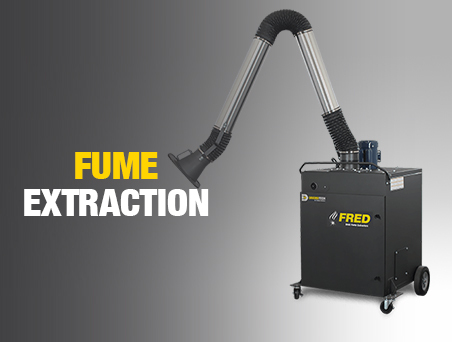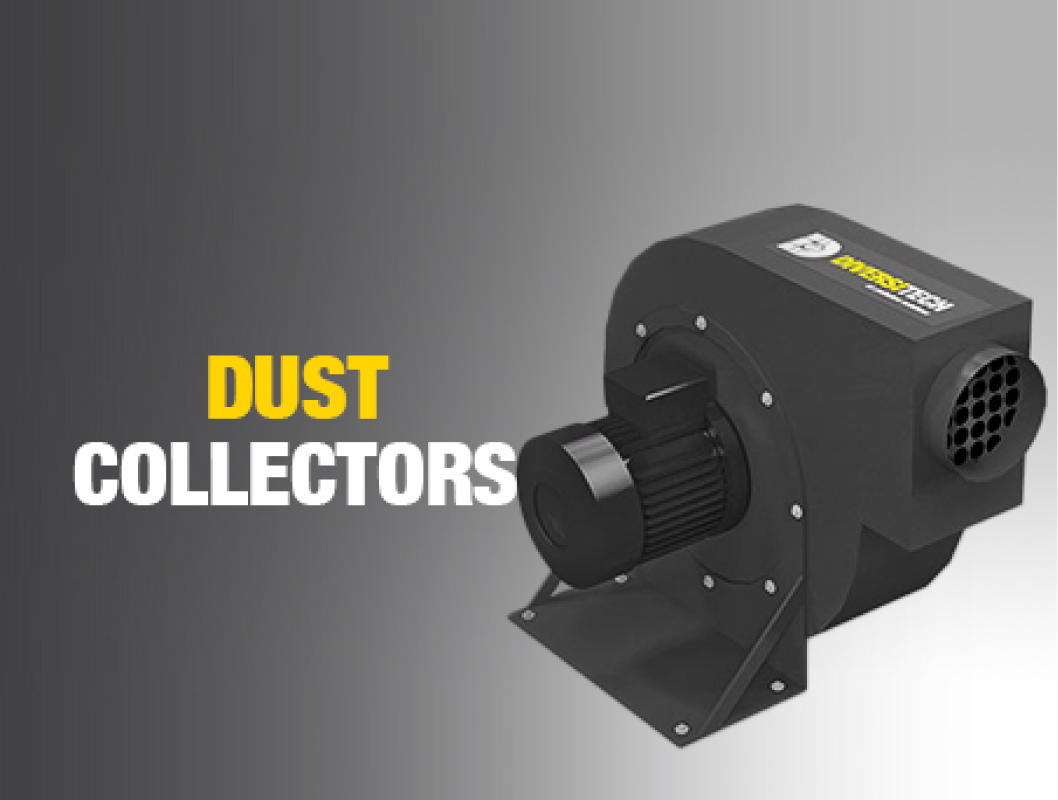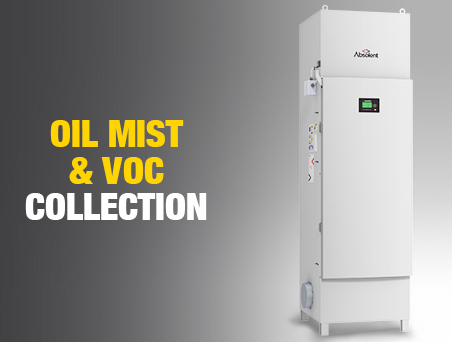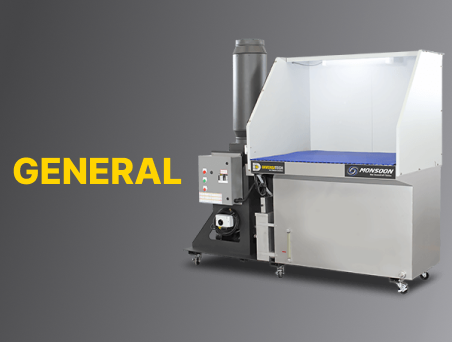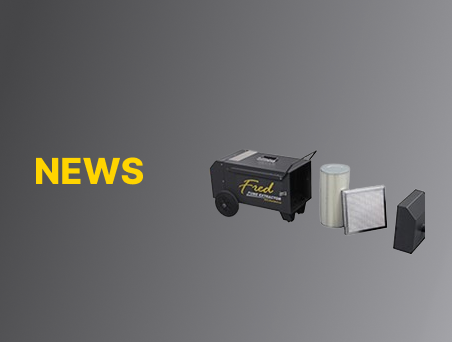Particulate matter (PM) is a term that encompasses a range of air quality hazards. As defined by the EPA, PMs include solid matter like dust, dirt, soot, and smoke, along with some liquid matter like paint and solvents. These particles are generated through all kinds of processes, but they have an exceptionally large presence in the manufacturing industry.
Although particulate matter can be composed of relatively harmless materials like metal and stone, the hazards associated with PMs come from their incredibly small size. PMs are only a fraction of the size of a human hair, and often many times smaller than 10µm. At a size this small, PMs pose a health hazard when they become airborne. These particles are small enough to easily enter a person’s airways, leading to material buildup and subsequent adverse health effects. From mild coughing to critical heart and lung issues, a wide range of health concerns can be attributed to inhalation of PMs according to the EPA.
How Particulate Matter is Formed in Manufacturing
Before learning how to mitigate PMs in manufacturing, we must first understand how they are generated in different processes. Generally, any form of reductive manufacturing will expel some form of PM whether it comes from the workpiece, a reductive medium, or heat and friction from cutting operations. Some other manufacturing methods generate PM as well, such as metal casting which creates smoke or welding which results in fumes and sometimes slag. Below we’ve listed some of the most prominent manufacturing processes that produce PM:
Abrasive Blasting
Abrasive blasting is a process where small pellets of an abrasive medium are forcefully blasted onto a metal surface using pressurized air. This process removes contaminants from the outermost layer of the workpiece and prepares it to be painted. In this case the blasting media, surface contaminants, and the workpiece itself all serve as sources of PMs.
Table of Contents:
Grinding & Deburring
Grinding operations typically involve using an abrasive wheel which rotates at a high speed to remove material from a metal workpiece, although in some cases plastic and rubber pieces are also ground into shape. This process generates PM of the workpiece material, which can create different health hazards to the lungs depending on the substance. In cases of extended exposure PMs can even travel through the bloodstream and cause injury to other bodily organs.
Painting & Coating
On top of being exceptionally small, the particles that make up paint fumes are also known to be volatile organic compounds (VOCs). This means that unfiltered exposure to these fumes can cause short-term health effects like irritation of the eyes, headaches, and nausea. The paint itself contributes to this, but the thinning compounds used for spray paints are a large factor as well.
Sanding & Finishing
Similar to abrasive blasting, sanding and finishing operations introduce PM of both the workpiece material and the sanding medium into the air. The size of the particles will vary depending on the grit of the abrasive and the material which is being sanded.
PM management is a serious matter for ensuring the safety of your personnel. Let Diversitech help you find the right solution.
Standard Dust Collection Solutions for PM
Whatever the process at hand may be, it is of utmost importance to capture dust and PMs at the source whenever possible. To do this effectively, different manufacturing processes require different dust capture solutions.
Our Downdraft tables are well suited for dust capture in any application that might normally take place on a table. These tables work by essentially vacuuming air and process dust through the tabletop which is grated for maximum downdraft ventilation without sacrificing functionality. We offer a variety of Downdraft table kits for different applications, including a WGD kit, VOC & paint kit, plasma cutting kit, and a clean air workstation- all available in a range of sizes to suit your facility’s specific needs. These tables can serve as standalone PM capture devices or be ducted to connect to a central air filtration system. They are also available as covered work booths for more effective dust containment.
For painting operations, we offer specialized industrial paint booths. These booths are equipped with a backdraft hood which pulls overspray PM through a filtration device and exhausts VOC fumes away from the working area.
Wet Dust Collection for Combustible Dust
When dealing with manufacturing processes, it is common for PMs to come with the additional hazard of being flammable. On top of the hazards already produced by PMs, combustible dust adds yet another reason to take extreme care when working with PMs in the manufacturing sector.
To minimize the risks associated with combustible dust, Diversitech offers the Monsoon line of wet downdraft tables and the Typhoon line of wet dust collectors.
Our Typhoon dust collectors are designed to capture and neutralize combustible dust from your facility. What sets our Typhoon and Monsoon lines apart from our standard dust collection solutions is the integration of a dedicated moisture chamber. As combustible dust passes through this chamber, it will bond with water droplets in the air- just like how raindrops are formed. By introducing moisture to the dust in the form of condensation, the risk of combustion is effectively eliminated. The Monsoon wet draft tables serve as standalone stations for work and dust capture; on the other hand, Typhoon dust collectors can be connected to our standard downdraft tables and booths.
To maximize safety in your manufacturing facility, contact Diversitech today. Our team will expertly guide you through selecting the most effective air pollution solution for your needs.
Whether you’re looking for a comprehensive PM capture system for your facility or just a single workstation, Diversitech is here to help.
Contact us today.
Related Products
TYPHOON WX-3000

TYPHOON WX-5000

TYPHOON WX-6500

TYPHOON Central


